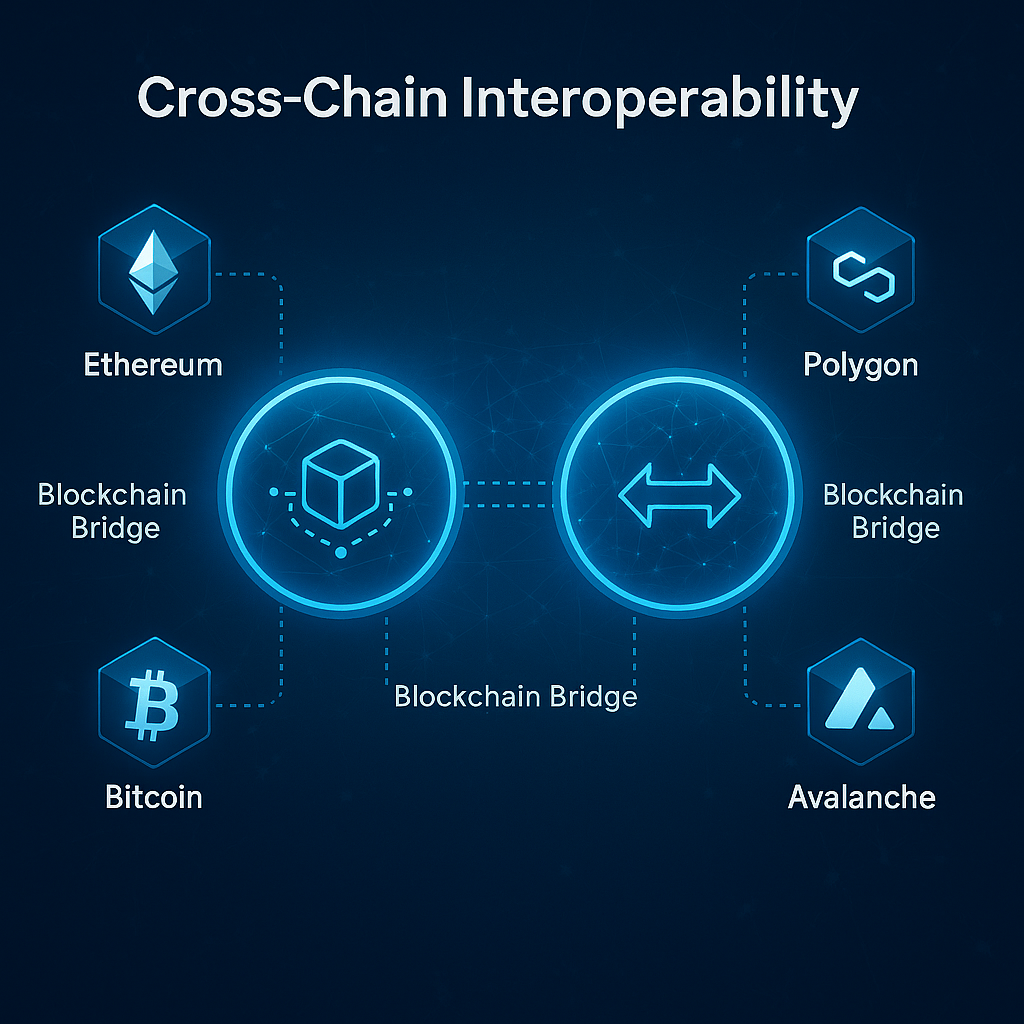
Lesson 3: Cross-Chain Interoperability
Crypto World - Advanced Level
← Back to TopicsWhat is Interoperability?
Interoperability in blockchain means the ability of different networks (like Ethereum, BNB Chain, Solana, etc.) to communicate and share data or assets with each other in a secure and decentralized way.
Why It Matters
Most blockchain ecosystems operate independently. To unlock full Web3 potential, assets and apps need to move across chains. Imagine being able to use an Ethereum token in a Solana dApp — that's the power of interoperability.
Real-world analogy: Different countries use different currencies. Without exchanges or conversion, trade would be impossible. Interoperability is like having instant, automatic currency conversion between nations.
How Chains Communicate
- Bridges: Protocols that lock tokens on one chain and mint a wrapped version on another (e.g., Wormhole, Multichain, Portal)
- Wrapped Tokens: Represent an asset from another chain (e.g., wBTC on Ethereum = Bitcoin on BTC chain)
- Omnichain Tokens: Native support across multiple chains using protocols like LayerZero
- Interchain Messaging: Communication via relayers/oracles to synchronize state (e.g., IBC in Cosmos)

Risks and Challenges
- 🚨 Bridge hacks and smart contract bugs
- 🔐 Trust assumptions (centralized relayers or validators)
- 🌀 Complexity of wrapped assets and liquidity fragmentation
Next: Learn how DAOs govern protocols using voting and on-chain proposals.
Next Lesson →